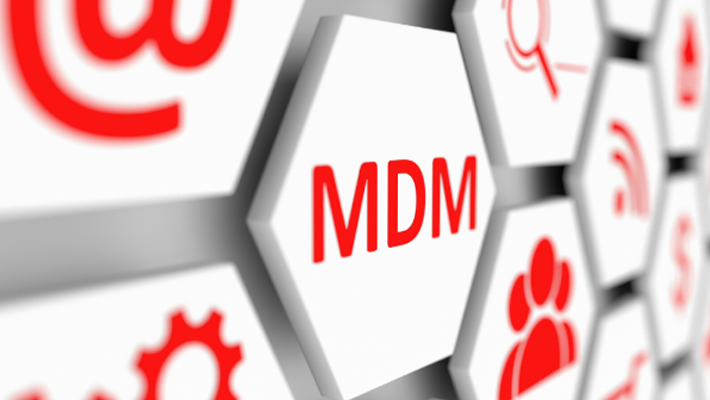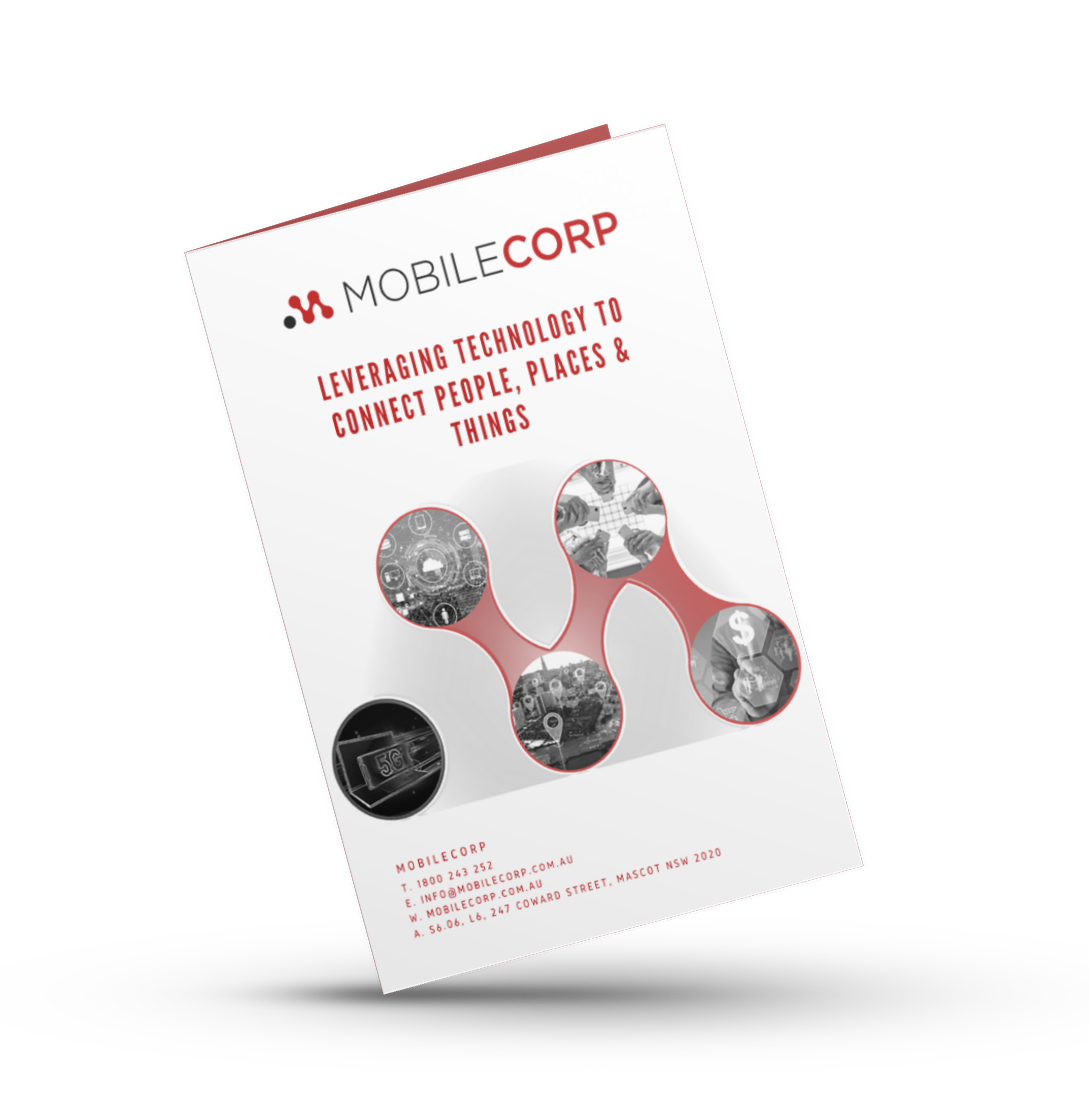Mobile device management has become critical as businesses report a 50% surge in mobile device usage in recent years. The average person checks their phone every four minutes—over 125,000 times annually—highlighting our growing dependence on mobile devices.
But increased usage brings increased risk. Verizon’s Mobile Security Index found that 45% of organisations experienced mobile-related security incidents that led to data loss or downtime. Worryingly, 73% of those incidents were deemed major. Despite this, IBM research shows that nearly half of enterprise organisations have yet to adopt a comprehensive MDM solution.
Modern workplaces rely on mobile devices for up to 80% of daily operations, making effective MDM essential, not optional.
As hybrid work models grow, secure device management is more important than ever. The global MDM market, currently valued at $4.5 billion, is projected to grow by 24% by 2028. Here’s what every business needs to know to protect their mobile workforce.
What Is Mobile Device Management (MDM)?
Mobile device management (MDM) refers to the software and processes used by IT teams to control, secure, and manage mobile devices across an organisation. It typically uses an MDM agent installed on the device that communicates with a cloud-based MDM server, enabling IT teams to enforce policies remotely.
Purpose of MDM
MDM helps secure mobile endpoints and sensitive data while supporting productivity. It allows administrators to:
- Monitor and control device usage
- Enforce security protocols
- Configure settings and deploy apps remotely
- Track device locations
- Wipe data from lost or stolen devices
On average, employees use 2.5 devices at work—making centralised management a necessity for security and compliance.
Deviced Managed by MDM
Modern MDM platforms support a wide range of endpoints beyond smartphones, including:
- Tablets
- Laptops
- Desktop computers
- IoT devices
- Wearables (e.g. Apple Watch)
Most solutions are compatible with Android, iOS, Windows, macOS, Linux, ChromeOS, iPadOS, and tvOS.
Apple devices (iPhone, iPad, Mac, Apple TV) come with built-in support for MDM via frameworks such as Apple Business Manager.
MDM vs UEM vs EMM
These terms represent the evolution of endpoint management:
- MDM (Mobile Device Management): Focuses on securing and configuring devices.
- EMM (Enterprise Mobility Management): Adds app and content management for broader control.
- UEM (Unified Endpoint Management): Manages all endpoints—mobiles, desktops, and IoT—through a single platform.
Although used interchangeably in conversation, "MDM" often serves as a shorthand for all levels of mobile management.]
How MDM Works: Managing the Device Lifecycle
Effective MDM solutions manage the entire lifecycle of a device:
1. Enrolment and Setup
Devices connect to the MDM platform via automated enrolment programs (e.g. Apple Business Manager, Windows Autopilot). Personal (BYOD) devices often enrol through a web portal or email link.
2. Provisioning and Configuration
IT admins apply security settings, install required apps, and prepare the device for use, often without physical access. Push services like Apple Push Notification service (APNs) assist with configuration.
3. Deployment and App Distribution
Applications can be silently installed across devices. Some organisations also create internal app stores for approved software.
4. Ongoing Management
Admins manage OS updates, troubleshoot issues remotely, locate lost devices, and adjust settings over the air.
5. Retirement and Wipe
When a device is lost, retired, or reissued, admins can:
- Perform a full wipe (factory reset)
- Use a selective wipe to remove only corporate data
- Lock the device remotely
Key Features of an Effective MDM Solution
Real-Time Tracking and Remote Wipes
One of the biggest pain points for IT managers is tracking down lost devices or wiping data after an employee exits. Without MDM, these processes are time-consuming and prone to human error.
Application Management
Distribute and configure apps remotely. Enforce update schedules and ensure users only access secure, business-approved software.
Encryption and Access Control
Strong encryption protects data at rest and in transit. Biometrics, passwords, and MFA enforce access policies. Many MDM solutions integrate with IAM tools to enforce role-based access.
Compliance and Reporting
Real-time dashboards help detect non-compliant devices. Automated reports provide visibility for audits and adherence to policies.
Cross-Platform Scalability
Support multiple operating systems from one platform. As your fleet grows, MDM ensures consistent enforcement of security policies.
MDM and BYOD: A Security Imperative
More than 60% of employees use personal devices for work. MDM plays a critical role in balancing flexibility with security.
Why BYOD Needs MDM
Personal devices can pose serious threats if unmanaged—e.g. accessing unsecured networks, running outdated software, or lacking basic security controls like passcodes.
Containerisation for Privacy
Modern MDM solutions use containerisation to separate work and personal environments:
- Android: "Work Profile" keeps apps and data separate
- iOS: User Enrolment supports managed data volumes
This allows companies to enforce work policies without affecting personal use.
Selective Wipe
When staff leave, MDM enables the selective removal of corporate data while preserving personal information. This is essential for both privacy and compliance.
Transparency Matters
Modern MDM solutions cannot access personal content (e.g. photos, messages, passwords). Employers must communicate this clearly and request consent before enrolment.
How MobileCorp Helps
Mobile device security is no longer optional, especially in a time of hybrid work and BYOD. A robust MDM strategy is now a core business requirement, not just an IT preference.
Our team at MobileCorp helps Australian enterprises deploy, manage, and optimise their mobile device fleets through end-to-end MDM services. Whether you're starting from scratch or need help refining an existing deployment, our team ensures secure, compliant, and scalable mobile management across all devices and platforms.
We work with trusted platforms like Microsoft Intune, Omnissa Workspace ONE, and MobileIron to deliver tailored solutions backed by expert support and ongoing management.
If your mobile environment is growing—or outgrowing your current setup—get in touch with MobileCorp to find out how we can help.
Blog MobileCorp Marketing 15 May 2025
Related Posts
Popular Tags
- Mobility (81)
- Mobile Devices (79)
- Telstra (66)
- 5G (63)
- MobileCorp Managed Services (55)
- Mobile Network (34)
- Networks (34)
- Cradlepoint (32)
- Apple (29)
- MobileCorp (29)
- iPhone (25)
- Remote Working (23)
- Network (17)
- Covid-19 (16)
- Mobile Security (15)
- Wireless WAN (15)
- Cyber Security (14)
- UEM (14)
- MDM (11)
- Mobile Expense Management (10)
- Mobile Device Management (9)
- TEMs (9)
- Mobile Device Lifecycle (8)
- Cloud (7)
- Unified Comms (7)
- Unified Communications (7)
- Wandera (7)
- Android (6)
- Sustainability (6)
- Data Networks (5)
- Network Security (5)
- Samsung (5)
- Security (5)
- Digital Experience (4)
- IOT (4)
- Microsoft Intune (4)
- Blog (3)
- IT Services (3)
- Microsoft (3)
- Data (2)
- Government (2)
- Microsoft 365 & Teams (2)
- Retail (2)
- nbn (2)
- webinar (2)
- 4G (1)
- DAS (1)
- EMM (1)
- Emerging Technologies (1)
- Hosted Telephony (1)
- Managed Desktops (1)
- SD-WAN (1)
- Starlink (1)
- Telstra Services (1)
- WWAN (1)
- video (1)




